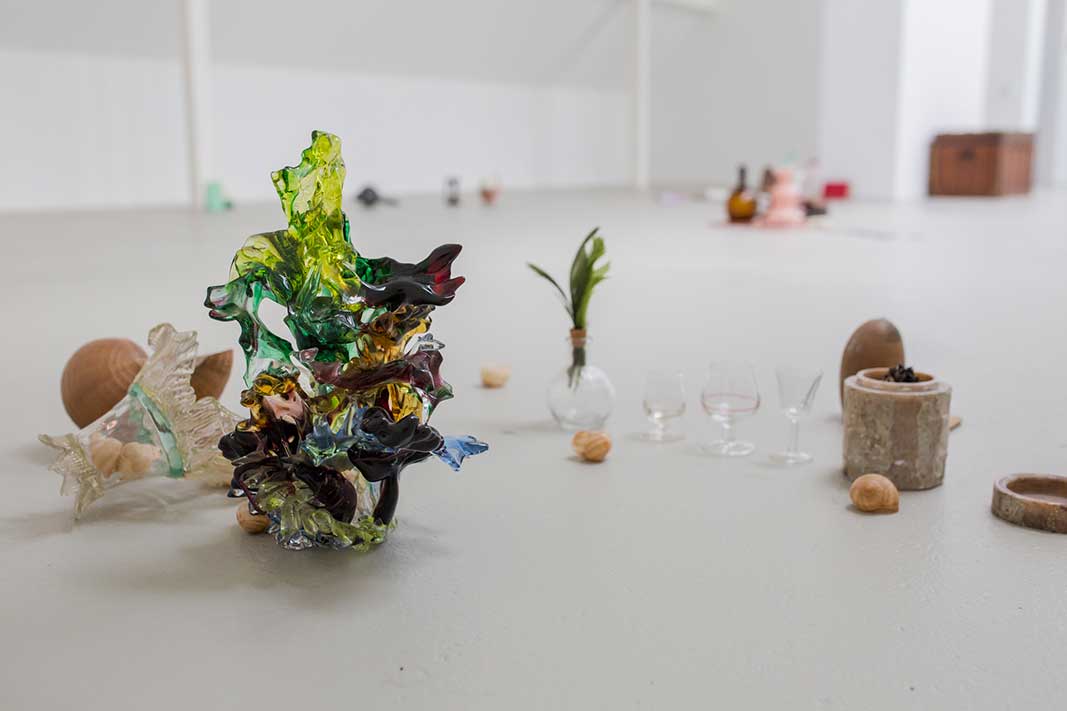Interview by Gintarė Žaltauskaitė
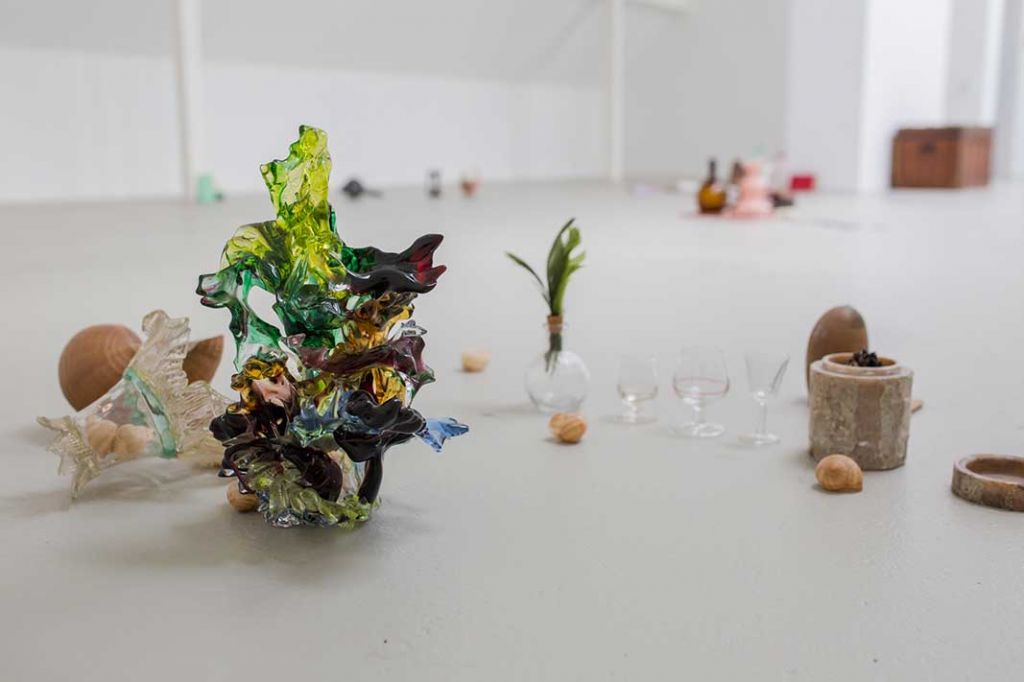
Alba Folgado is an independent curator of Spanish origin who has curated the exhibition The Sharp Edge of Glass in Kaunas and co-curated the International Glass Art Festival Vitrum 2020: Pulse. Founded in Kaunas in 2000, the Vitrum festival is an international glass art festival that invites us to notice transparency and opacity not only in materiality but also in the processes in society.
With a background in fine arts, she never saw herself as an artist. But instead, she wondered how it would be working with artists when you are not one of them. Being more interested in the role of mediation took her to London, where she gained a master’s degree in Contemporary Art Curating at Royal College of Art. In her works, Folgado explores pictorial narratives about hardships in the city and the social importance of performative practices.
The exhibition The Sharp Edge of Glass presented six authors from Lithuania, the Netherlands, Spain, Sweden and the United Kingdom. They have combined transparency and resilience in their works of contemporary art by using personal experience. With this in mind, Folgado aimed to create a dialogue between practices for which disobedience and transgression are means of breaking with established canons. Eglė Budvytytė and Bart Groenendaal, Eduardo Hurtado, Jamila Johnsson-Small, Mourad Kouri, and Claudia Pagès explore forms of resistance against situations of exclusion and control.
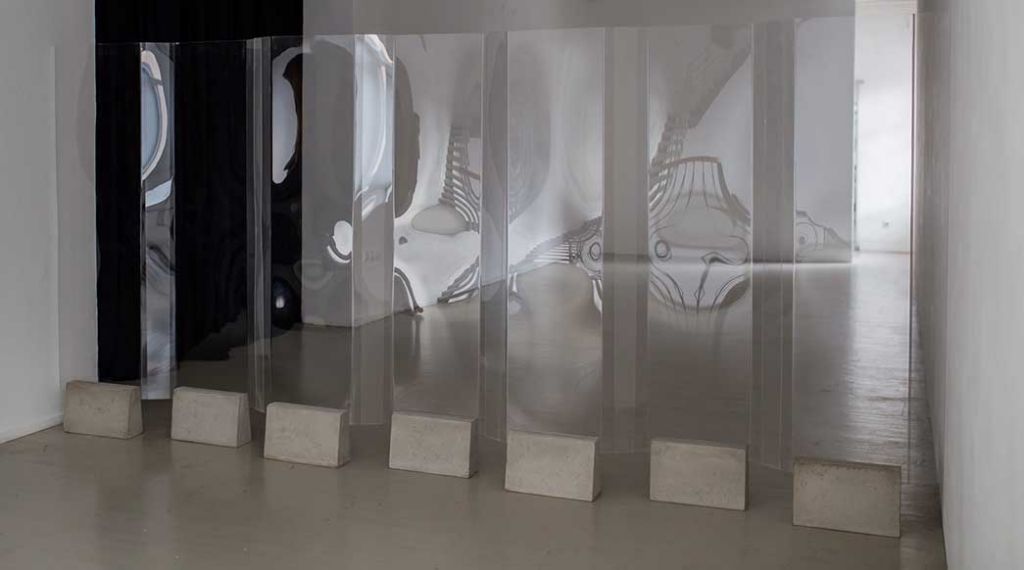
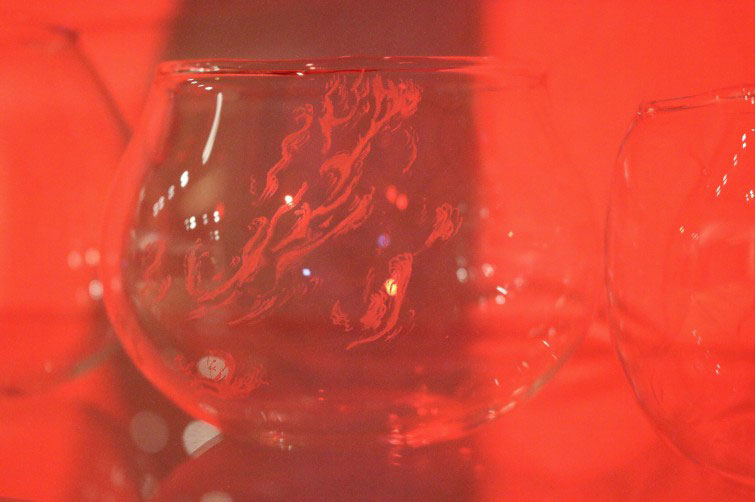
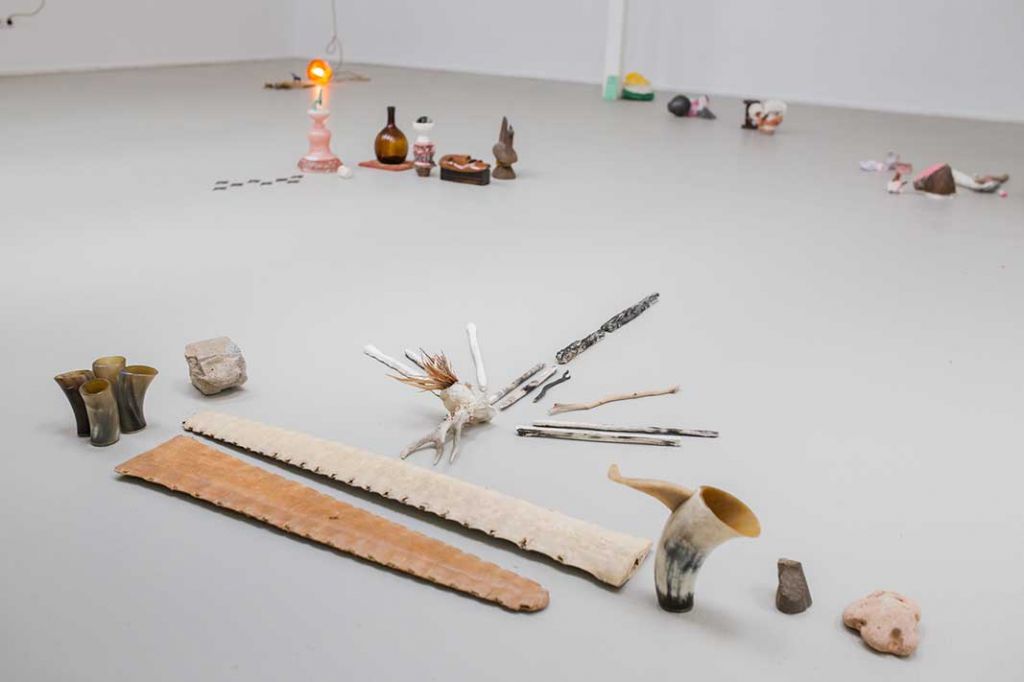
How would you describe contemporary art nowadays? What part of it interests you the most?
Contemporary art, and art in general, can be employed to focus on any topic and addresses many different social situations. It could be compromising or not. Art helps people in connecting with other realities that exist around us. It’s a fantastic means to get to know different struggles, specifically in urban spaces. Something that interests me the most is that the artists, in their work, move a lot through different disciplines, so it has been not only about art but also about real life. The medium they choose could vary a lot, as well as the different techniques they master – whether it is the use of glass that we see a lot in the “Vitrum” festival or scientific research that materialises in very different forms. Somehow, the curiosity I had about society has resolved through art.
What did the process of you selecting the artists for the Vitrum 2020 Pulse exhibition, The Sharp Edge of Glass, looks like? Why did you choose those artists?
When I had an afterthought about working for “Vitrum 2020”, I felt that it would be nice to work around the concept of glass. Also, I was looking for ways in which glass can be related to something more than the very object. Because it is a very ancient material, I have found the different characteristics of glass and how it has been conceptualised over time. In other discourses and different places, it has also been used as a metaphor.
I started thinking, “Okay, which artists do I know who work with glass?” But then I thought that perhaps, the artworks could be not only about working with glass: they could also be about the very ideas of glass, whether these materialise in the artwork in that way or not. Some of them have done that, while others haven’t. “The Sharp Edge of Glass” exhibition displayed how the different characteristics of glass relate to each other in the artworks made with various techniques.
Also, I have found it very interesting to reflect on the opacity and transparency that are so often present in our societies. I tried to problematise the opacity and see in which ways it connects to the ideas that were presented in the work by these artists. Like, for instance, the topic of resistance: it mainly has to do with the resistance against society.
There are also topics such as discrimination when you are living in a foreign culture. Most of the authors tend to cover them by telling personal stories. Artists can use many different ways, but if you connect with these artworks, you will find some lovely entry points to some social situations and different realities that the authors have depicted. When you find out these relevant topics, you would feel identified and connect with them more directly than when just hearing about them from others or reading about them in the news, for instance. It is an entirely different approach; it brings you to a different level.
What do you think as a curator about the edges and opacity as a metaphor?
The first thing I thought about opacity was concerning governments and politics, them hiding certain information, and how not everything has been clear. But that is just one side of the word for me. The artist Patricia Kaersenhout, whose work I admire, explains that opacity is something that is needed in the fight.
Many rights have been denied by the government, so if people don’t manage to gather in the opacity, they wouldn’t be able to continue struggling. So, opacity is also something that has to do with underprivileged groups. It is a “must-have”. There is this duality between the terms, and there are too many different concepts that I have found very interesting.
How can art and daily life help each other?
That is something I have been thinking about a lot lately. I don’t think that art, by itself, has power and it can produce a change in society. I think we would put a lot of pressure on art if we expect something like that from it. But it can find different ways to highlight the problems and also to point fingers at something that is happening.
One of the characteristics of the artist is that they make invisible things visible. So that is, perhaps, what art can contribute with. Maybe their aim shouldn’t be to produce a change but to be there in different ways and to engage in things to make the problems visible. That is how I see it. Art is, somehow, a response to the society that is around us, but it not necessarily has to make revolutions. I wouldn’t expect it from art, and we shouldn’t put all our expectations on that.
Could you tell us a bit more about your interest in glass art?
I have to confess my attraction to these kinds of techniques, even though I wouldn’t be able to work with them myself. I think it is essential to give value to the work behind every artwork. And also, to provide value to handcraft in the works of art, to something that has taken time, especially in dealing with such an ancient technique as glass.
On the other hand, I have come across many various contemporary artworks that employ many different materials in the ways that combine both handcrafts with developing a great concept. I think that materiality and the idea in the work of art is a lovely combination, and I try to give it a lot of attention.
What was your biggest challenge while working on Vitrum 2020?
Unfortunately, they all had been about the Coronavirus pandemic. We had put a lot of effort into having each artwork on display at the exhibition. However, one thing that was different from our expectations was that not all the artists were able to travel. That was part of the excitement of taking part in an international exhibition – having the possibility to connect with everybody through live contact and use it to transmit or discuss something that we thought about while creating the project.
What would it be your biggest curating extravaganza?
To be honest, I don’t think I have any, or if I do, it is something I am not aware of. It is difficult to think about oneself in that way. I see my curatorial practice as more focused on establishing a calm and constructive dialogue with the artists and doing my best for connecting the public with the ideas behind the artworks.
You couldn’t live without…
It might sound like a cliché, but art. Along with a list of other pleasures, such as food, walking and nature, without any specific order.

